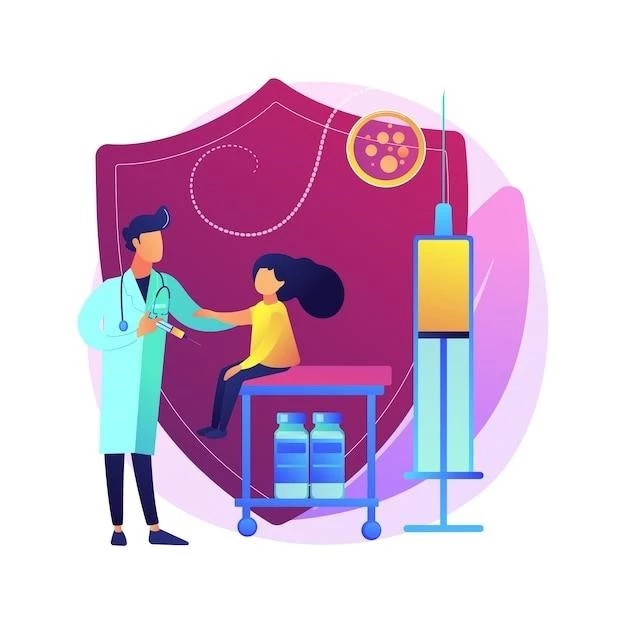Symptoms of Congenital Toxoplasmosis
Signs may include jaundice‚ enlarged liver or spleen‚ and eye abnormalities.
Overview⁚
Congenital toxoplasmosis refers to an infection that occurs when a pregnant woman passes the parasite Toxoplasma gondii to her unborn child. This condition can lead to serious health issues and developmental problems in infants. Early detection and prompt treatment are crucial to prevent complications.
Prevention of Congenital Toxoplasmosis
Avoid undercooked meat‚ wash fruits and vegetables‚ and refrain from handling cat litter.
Methods⁚
Prevention involves following good hygiene practices‚ cooking meat thoroughly‚ and avoiding cross-contamination. Pregnant women should be cautious when gardening and wash hands after handling soil. Additionally‚ they should avoid consuming unpasteurized dairy products and ensure meat is properly cooked.
Diagnosis of Congenital Toxoplasmosis
Screening blood tests and amniocentesis can help diagnose the condition in unborn babies.
Diagnostic Tests⁚
Diagnostic tests for congenital toxoplasmosis include testing the mother’s blood for antibodies‚ ultrasound to check for fetal abnormalities‚ and sampling amniotic fluid to detect the parasite. Additional tests may include polymerase chain reaction (PCR) and imaging scans to assess any potential damage.
Treatment Options for Congenital Toxoplasmosis
Medications can help manage the infection in newborns‚ while antiparasitic drugs may be used for infants.
Approaches⁚
Treatment approaches for congenital toxoplasmosis may involve a combination of medications to manage symptoms‚ close monitoring for any potential complications‚ and supportive care to address any developmental delays or health issues that may arise. Early intervention and specialized medical support are key in improving outcomes for affected infants.
Risk Factors for Congenital Toxoplasmosis
Risk factors include consuming raw or undercooked meat and exposure to cat feces.
Factors to Consider⁚
Factors to consider regarding the risk of congenital toxoplasmosis include a pregnant woman’s exposure to contaminated soil‚ consuming unwashed produce‚ and contact with infected cats. Additionally‚ poor hand hygiene and exposure to raw meat can increase the risk of transmission to the fetus. Understanding these factors and taking preventive measures are crucial in protecting the unborn child from infection.
Complications of Congenital Toxoplasmosis
Complications may include vision loss‚ intellectual disabilities‚ and serious neurological issues.
Possible Issues⁚
Possible issues that may arise from congenital toxoplasmosis include developmental delays‚ seizures‚ hearing loss‚ and an increased risk of retinal problems. Additionally‚ affected children may experience difficulties with coordination and motor skills. Timely intervention and ongoing medical care are essential in addressing these potential complications and optimizing the child’s quality of life.
Transmission of Congenital Toxoplasmosis
The parasite can be transmitted from mother to fetus during pregnancy‚ leading to infection.
Modes of Transmission⁚
Congenital toxoplasmosis can be transmitted through the placenta when a pregnant woman becomes infected with the Toxoplasma gondii parasite. This transmission typically occurs when the mother acquires the infection during pregnancy‚ especially in cases of primary infection. Preventive measures and early detection are crucial in reducing the risk of transmission from mother to fetus.

Prognosis of Congenital Toxoplasmosis
Early detection and treatment can improve outcomes‚ but long-term effects may persist in some cases.
Outcomes and Expectations⁚
The outcomes and expectations of congenital toxoplasmosis can vary depending on the severity of the infection and the timeliness of intervention. While some infants may experience developmental delays and long-term complications‚ others may respond well to treatment and have improved health outcomes. Close medical monitoring and supportive care are essential in managing the condition and optimizing the child’s development and well-being over time.
